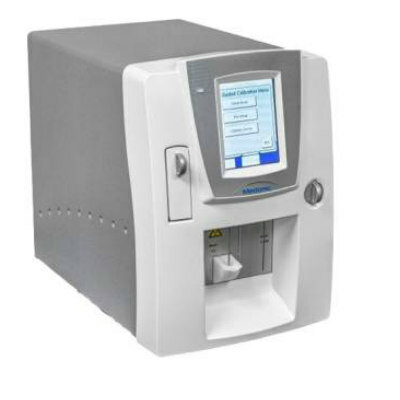Computer Trained to Evaluate Breast Cancer
By LabMedica International staff writers
Posted on 29 Nov 2011
Computers can be trained to analyze breast cancer microscopic images and were more accurate than those conducted by humans.Posted on 29 Nov 2011
A machine-learning-based method called Computational Pathologist, or C-Path, automatically analyzes images of cancerous tissues and predicts patient survival.
Scientists at Stanford University (Stanford, CA, USA) used existing tissue samples taken from patients whose prognosis was known. For training, the computers pored over images, measuring various tumor structures and trying to use those structures to predict patient survival. By comparing results against the known data, the computers adapted their models to better predict survival and gradually figured out what features of the cancers matter most and which matter less in predicting survival.
C-Path, in fact, assessed 6,642 cellular factors. Once trained using one group of patients, C-Path was asked to evaluate tissues of cancer patients it had not checked before and the result was compared against known data. The C-Path system was applied to microscopic images from two independent cohorts of breast cancer patients. Ultimately, C-Path yielded results that were a statistically significant improvement over human-based evaluation. The computers identified structural features in cancers that matter as much or more than those that pathologists have focused on traditionally. In fact, they discovered that the characteristics of the cancer cells and the surrounding cells, known as the stroma, were both important in predicting patient survival.
Machine learning may reduce the variability in results as C-Path could improve the accuracy of prognoses for all breast cancer victims. It could, likewise, improve the screening of precancerous cells that could help many women avoid cancer altogether. It might even be applied to predict the effectiveness of various forms of treatment and drug therapies. In the widest sense, having computers that can evaluate cancers will bring world-class pathology to underserved areas where trained professionals have traditionally been scarce, improving the prognosis and treatment of breast cancer for millions in developing areas of the world.
Andrew Beck, MD, a doctoral candidate in biomedical informatics and the paper's first author, said, "Pathologists have been trained to look at and evaluate specific cellular structures of known clinical importance, which get incorporated into the grade. However, tumors contain innumerable additional features, whose clinical significance has not previously been evaluated." The study was published November 9, 2011, in the journal Science Translational Medicine.
Related Links:
Stanford University













